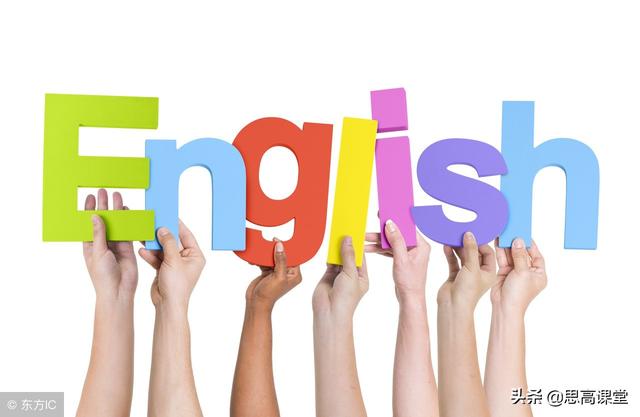返回目录:ppt怎么做

时态,作为英语学习中一个重要的内容,大家在小学阶段就要打下坚实的基础。首先我们来看一下最为基础的“一般态”。
一般现在时:
1. 一般现在时构成形式:sb.do / does; sb.is/am/are
2.一般现在时用法:
1). 表示经常的或习惯性的动作,常与表示频度的副词连用。常用的频度副词有: always、often、usually、sometimes频度副词在句中通常放在行为动词之前,系动词、助动词之后。
如: He often goes to the cinema
2). 表示现在的状态。
例:Mother is ill.
3). 表示主语具备的性格、特征和能力等。
例:He sings well.
4). 表示客观真理,客观存在,自然现象。
例:The earth turns around the sun.
5). 表示按计划或安排好的,或将要发生的动作,可用一般现在时表将来。但只限于start, begin, leave, go, come, arrive, return, take place等。
例:My train leaves at 7:00 this morning.
6). 在复合句中,当主句是一般将来时,时间或条件状语从句的谓语动词只能用一般现在时来表示将来要发生的动作。
If it rains tomorrow, we won’t go there.
3. 第三人称单数变化规律:
1). 一般情况下,动词直接在结尾加-s. Eg.: help - helps, play - plays
2). 以s, x, ch, sh, o结尾的动词,在后面加-es. Eg.: brush - brushes, go – goes, teach - teaches
3). 以辅音字母+y结尾的动词,把y变为i加es. Eg.: study – studies, try – tries
4. 相关句型
1). 一般疑问句:Is/are +主语…? Do/Does +主语+动词原形…?
2). 否定句:主语+am/is/are +not… 主语+do/does not +动词原形...
一般过去时
1.一般过去时构成形式:sb. did; sb. was/ were
2.一般过去时用法:
1). 过去某个时间里发生的动作或状态。常与表示过去时间的状语yesterday, last night, an hour ago, just now, in 2006等连用。
例:He went to the theatre last night.
2). 过去习惯性、经常性的动作、行为。常与always,often等连用。
例:He always played basketball with his friends when he was a child.
3. 动词过去式变化规则:
1). 一般情况下,直接在结尾加-ed. Eg.: cook - cooked
2). 以e字母结尾的动词,加-d. Eg.: taste - tasted
3). 以辅音字母+y结尾的动词,把y变i加ed. Eg.: study - studied
4). “辅元辅”结构的动词,双写尾辅音字母加-ed. Eg.: stop - stopped
5). 不规则动词过去式:
am, is-was, are-were, do-did, see-saw, say-said, give-gave, get-got, go-went, come-came, have-had, eat-ate, take-took, run-ran, sing-sang, put-put, make-made, read-read, write-wrote, draw-drew, drink-drank, fly-flew, ride-rode, speak-spoke, sweep-swept, swim-swam, sit-sat, think-thought
4. 相关句型
1). 一般疑问句:Was/Were +主语+…? Did +主语+动词原形…?
2). 否定句:主语+was/were +not… 主语+did+ not +动词原形…
一般将来时:
1. 一般将来时的构成形式:sb. will/shall do/ be; sb. be going to do/ be
2. 一般将来时用法:
1). 一般将来时表示将来某个时间要发生的动作,事情或存在的状态,也表示将来经常或反复发生的动作或事情。
will/shall+动词原形shall用于第一人称,常被will 所代替。will在陈述句中用于各人称,在征求意见时常用于第二人称。will not=won't shall not=shan't
例:Which paragraph shall I read first?
2). be going to +do/be表示将来。
a. 主语的意图,即将做某事。
例:What are you going to do tomorrow?
b. 计划,安排要发生的事。
例:The play is going to be produced next month。
c. 已有的迹象表明必将发生的事。
例:Look at the dark clouds, there is going to be a storm.
d. 现在进行时表将来时
下列动词的现在进行时表示将来时:go, come, fly, leave, start, begin, finish, end, arrive …
例:She is leaving for Shanghai tomorrow.
3). 一般现在时表将来
下列动词come, go, arrive, leave, start, begin, return的一般现在时可以表示将来,主要用来表示在时间上已确定或安排好的事情。
例:The train leaves at six tomorrow morning. 火车明天上午六点开。
When does the bus star? It stars in ten minutes. 汽车什么时候开?十分钟后。
3. 相关句型
1). 一般疑问句:Will+主语+动词原形…? Is/ Are +主语+going to+动词原形…?
2). 否定句:主语+won’t +动词原形… 主语+am/is/are +not going to +动词原形…
关注思高课堂,获取更多学习资料!